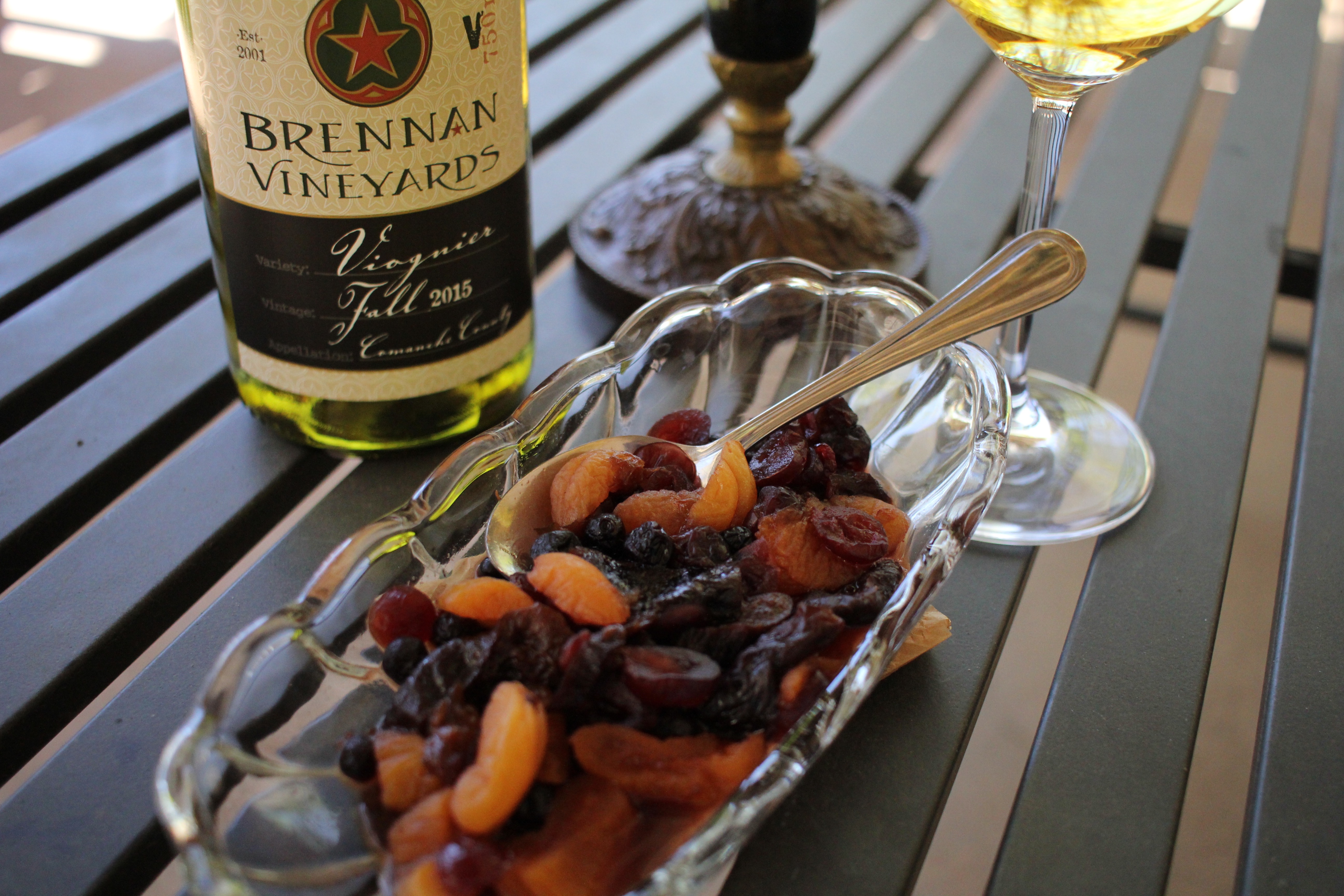
I bet you are saying “I should have paid more attention in chemistry class,” me too! That is the chemical formula for one of the most important compounds found in the grape berry and in the winemaking process, Sugar. Why is it important and how do we measure it? Great question!
Sugar is one of the most important ways of determining ripeness in the grape. There are definitely other very important factors as well, but I am only focusing on Sugar today. Sugar is accumulating in the berry through out the ripening process. The largest shift in sugar occurs at the ripening stage known as verasion. This is when red grapes begin to get their color and all grapes start to enlarge and become softer.
Our climate plays a huge role in sugar accumulation. Cool climates like Champagne have lower amounts of sugar, but higher amounts of acid. Which is why grapes like Pinot Noir thrive there. Conversely in hot climates like Texas we have higher sugar amounts and lower acid levels. That is why grapes like Tempranillo do great here.
Measuring sugar in the vineyard or prior to harvest is done with a refractometer. It is a small hand held telescope looking device that is very similar to a prism. Light reacts differently depending on the amount of sugar in your sample. For example if you put water in your refractometer and look through it your reading will be zero because there is no sugar in water. Hopefully in the heat of August when you look though your refractometer with a Viognier sample in it, it will say 25.0 Brix.
In the winery once the grapes are picked fermentation starts. Fermentation essentially converts sugar to ethanol and CO2, another chemical formula for carbon dioxide. So a higher amount of sugar at the beginning of fermentation directly corresponds with a higher amount of ethanol (alcohol) at the end of fermentation. If you now think back to the climates listed above you will see that Champagne’s have lower alcohol and Tempranillo’s from Texas have higher alcohols. Once fermentation starts we start using a hydrometer to measure the amount of sugar that is left in the wine.
The majority of wines we produce at Brennan Vineyards are fermented until there is zero sugar left in the wine. However depending upon what style of wine you are trying to make, a winemaker may decide to stop fermentation and leave a little natural sweetness in the wine. The only table wine we leave any detectable sugars (greater than 1%) in is our Comanche Rose. Sugar can also be found in the fortified category of Brennan Vineyards wines: Portejas and Mistelle of Semillon, both of which are beautiful dessert wines (that is a story for another day though)
Cheers!







